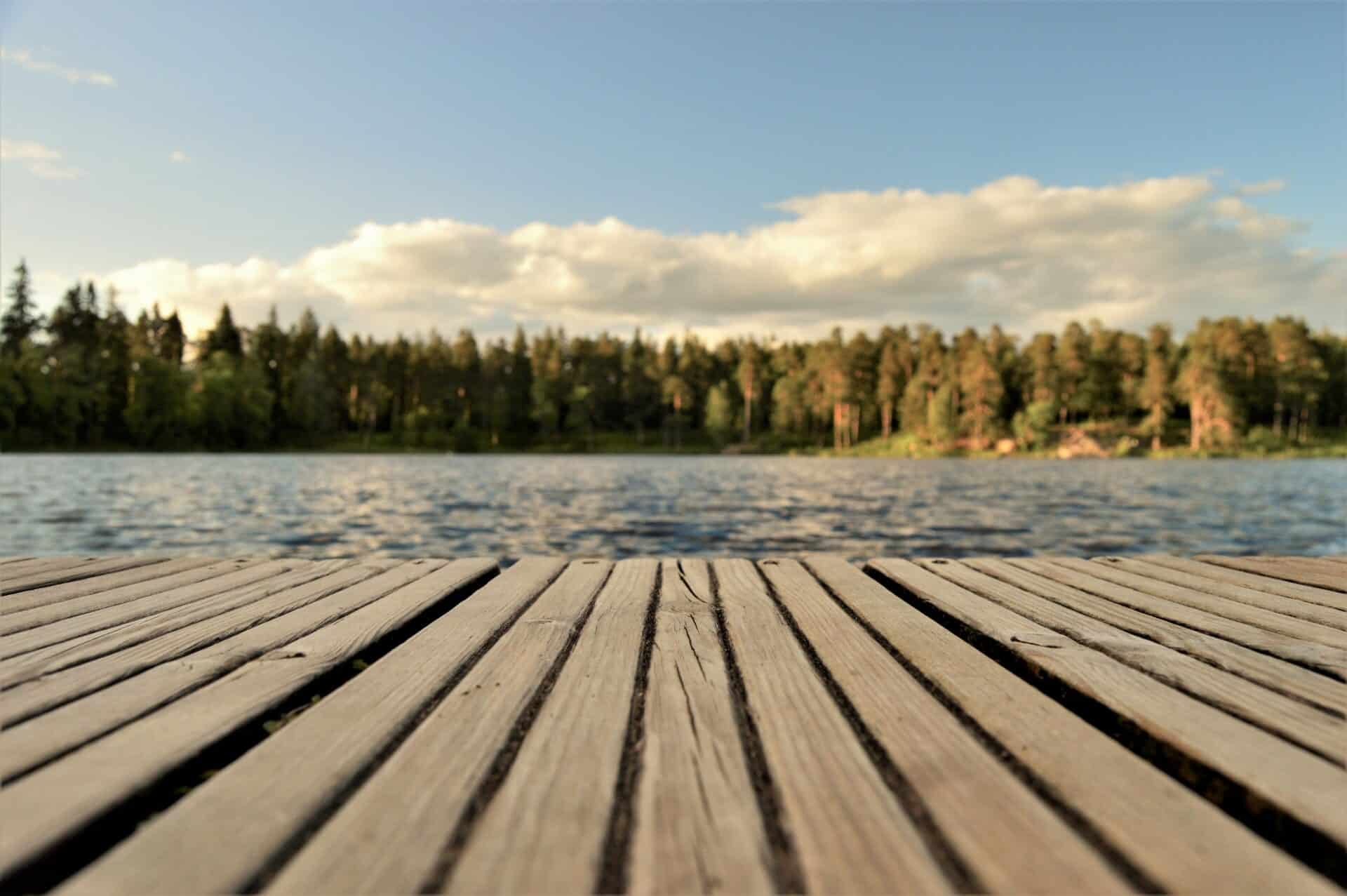Water coming up through the floor can be a big problem for any homeowner. It can cause significant damage and cost a lot of money to repair. The source of the water seepage can vary, but some common causes include plumbing leaks, flooding, and water pressure issues. In this article, we will discuss these causes in more detail and provide some tips for preventing water from coming up through the floor.Water coming up through the floor is usually caused by poor drainage around the foundation of a home or building. This can cause hydrostatic pressure, where water builds up underground and forces its way through cracks or openings in the foundation. Other possible causes include a broken plumbing pipe under the floor, a leaking sewage line, or floods from heavy rains.
Common Causes of Water Ingress Through Floors
Water ingress through floors is a common problem in many buildings and can cause costly damage if left unchecked. There are several potential causes of water ingress, including faulty plumbing, poor drainage, and structural damage. Additionally, humidity and condensation can also be a contributing factor. Understanding the causes of water ingress is the first step in finding a solution to this problem.
Faulty plumbing is one of the most common causes of water ingress through floors. If pipes or fixtures are not properly connected or sealed, they can leak and cause water to accumulate below the floor. Poor drainage can also be a contributing factor, as it allows water to pool beneath the flooring instead of draining away properly.
Structural damage to the floor or walls can also create an opening for water to enter, particularly if there is physical damage from impacts or earthquakes. This type of damage can be difficult to identify as it may not be immediately obvious from visual inspection alone. It is important to check for any visible signs of structural damage and have repairs done as quickly as possible to prevent further issues from developing.
Another potential cause of water ingress through floors is high levels of humidity or condensation in the air. This type of moisture buildup can occur when airtight buildings are not adequately ventilated, causing moist air to accumulate in enclosed spaces such as basements or crawlspaces. Humidity levels should be monitored regularly and any issues addressed promptly before they become more serious problems.
Water ingress through floors can cause significant damage if left unaddressed for too long. Identifying and addressing the source of the problem quickly will help prevent further damage and ensure that your building remains safe and structurally sound for years to come.
Diagnosing the Cause of Floor Water Ingress
Diagnosing the cause of water ingress into a floor can be a complicated process. It is important to understand the different possible causes of water ingress in order to identify and address the issue correctly. Common causes of water ingress into floors include plumbing leaks, roof leaks, condensation, and poor drainage.
Plumbing leaks are one of the most common causes of floor water ingress. These often occur when fixtures or pipes become blocked or cracked. If there is a leak in plumbing, it can lead to water seeping through cracks in walls or floors and into the space below. It is important to inspect any visible plumbing fixtures for signs of leaking and repair any issues that may be found.
Roof leaks can also cause water to seep through floors and into interior spaces. This is usually due to clogged gutters or downspouts, damaged flashing around vents or skylights, or other roofing issues such as cracks or holes in shingles. Inspecting the roof for these potential problems can help diagnose this cause of floor water ingress.
Condensation is another potential source of floor water ingress. This occurs when warm air comes into contact with a cold surface such as a window frame, door frame, uninsulated wall, or even just cold air from outside during colder months. Condensation on these surfaces can then drip down onto floors and potentially seep through if not properly addressed. Increasing insulation in walls and ceilings can help mitigate this issue by keeping warm air away from these cold surfaces.
Finally, poor drainage can also lead to floor water ingress if rainwater is allowed to collect around foundations without proper drainage systems in place such as French drains or gutters and downspouts that direct rainwater away from foundations. Inspecting these systems for proper function can help diagnose this cause of floor water ingress as well.
Diagnosing the cause of floor water ingress requires careful consideration since there are several possible causes that may be involved. Identifying and addressing these issues promptly will help prevent further damage from occurring due to moisture build-up within floors or other affected areas within a home or building structure.
Signs of a Leaking Pipe Beneath the Floor
Leaking pipes beneath the floor can cause significant damage to your home and require costly repairs. Therefore, it is important to be aware of the signs that indicate you may have a leaking pipe beneath your floor. These signs include water stains on the ceiling or walls, wet patches or discolored spots on the floor, a musty smell in certain areas of the house, and/or an increase in your water bill. You may also hear dripping sounds coming from floors or walls, or notice that certain areas are warmer than usual due to trapped water. If you suspect a leak beneath your floor, contact a licensed plumber right away for help.
It is possible to identify some small leaks before they become major problems. To do this, inspect the piping under your floors regularly. Look for any signs of corrosion or staining on pipes and fittings, as well as evidence of dripping water. If you find any signs of leakage, contact a plumber right away for repairs. Regular inspections will help you catch any problems early before they become more serious and costly.
If you suspect that there is a leaking pipe beneath your floor, it is important to take action as soon as possible. A leaking pipe can cause structural damage and lead to mold growth if not addressed quickly enough. Contacting a qualified plumber as soon as possible is the best way to prevent further damage and have your problem resolved quickly and efficiently.
Signs of a Leaking Roof Above the Floor
One of the most common signs that you may have a leaking roof above the floor is water stains on the ceiling or walls. This is usually caused by water seeping through cracks in your roof and into your home. If you notice any dark spots, watermarks, or discoloration on your ceiling or walls, it is likely that you have a leak in your roof.
Another sign of a leaking roof is mold and mildew growth. These types of fungi thrive in damp and dark areas, such as underneath roofs where water can seep through. If you notice any musty odors or see any mold or mildew growth on your walls or ceiling, it is likely that you are dealing with a leaking roof.
Gaps and cracks in your roof can also be an indication of a leak. If you notice any gaps or cracks in your shingles or other materials used to make up your roof, it’s important to get them fixed as soon as possible to prevent further damage from occurring.
Finally, if you notice any sagging in your ceiling or walls, this could also be an indication that there is a leak somewhere in your roof. Sagging can be caused by excess moisture collecting behind the wall due to a leak in the roofing materials. If left unaddressed for too long, this can lead to structural damage to your home and should be addressed immediately.

How to Identify a Blocked Drain
Identifying a blocked drain can be tricky, but there are a few tell-tale signs that can help you determine if you have a problem. If you’ve been noticing any of the following symptoms, it’s likely that your drain is blocked:
Slow Draining – If water takes longer than usual to go down the drain, it could mean there is something blocking it.
Odours – A bad smell coming from one of your drains is often caused by a blockage.
Gurgling Sounds – If you hear gurgling noises from your drains or pipes when you flush the toilet or run the tap, this could be an indication of a blockage in the system.
Backflow – If water starts coming up out of your drain or toilet and bubbles when flushed, this means there is a blockage in the pipes.
Water Level in Toilet – If the water level in your toilet rises higher than normal after flushing, it could be due to a blockage in the pipes.
If you’re experiencing any of these signs, it’s important to take action as soon as possible to avoid further damage and costly repairs. You can try using some common chemical solutions such as caustic soda or vinegar and baking soda to unblock your drain yourself; however, if these don’t work then it’s best to call in an experienced plumber who will be able to identify and fix the issue quickly and efficiently.
Impact of Poorly Sealed Window Sills on Floor Water Ingress
Window sills are an important part of any building structure, as they play a crucial role in preventing water ingress. Poorly sealed window sills can cause significant damage to floors and walls, leading to water seeping into the building. This can be a costly problem to fix and can lead to structural damage if left unchecked.
The most common type of water ingress from poorly sealed window sills is due to rainwater. If the window sills are not properly sealed, then rainwater can easily enter the building and accumulate on the floor below. This can then lead to damp patches appearing on the floor or walls near the windows, as well as mould growth and structural damage.
Another potential cause of water ingress is condensation. If there is inadequate ventilation in a room, then condensation can form on cold surfaces such as window sills. This condensation can then drip down onto the floor below and cause damp patches or even flooding if left unchecked.
To prevent water ingress from poorly sealed window sills, it is important to regularly check them for cracks or gaps and repair them as soon as possible. It is also important to ensure that there is adequate ventilation in rooms with windows so that condensation does not form on cold surfaces such as window sills. Finally, it is important to ensure that rainwater drains away from the building correctly so that it does not accumulate near windows and cause further issues.
In conclusion, poorly sealed window sills can lead to significant issues relating to water ingress if left unchecked. It is therefore important for homeowners and businesses alike to regularly check their window sills for cracks or gaps and repair them immediately in order to prevent any further damage occurring from water ingress.
Impact of Poorly Sealed Door Frames on Floor Water Ingress
Door frames are an important part of any building, as they provide a barrier between external and internal environments. Unfortunately, poorly sealed door frames can lead to water ingress into the flooring of a building. This can cause a variety of issues, from mold and mildew growth to damage to the underlying structure. To prevent these issues it is important to ensure that all door frames are properly sealed and maintained.
The most common cause of water ingress through door frames is poor installation or maintenance. If the seal around the frame is not tight, water can seep through small gaps and enter the building’s interior. This can be due to gaps in the sealant around the frame, or due to warping or expansion of the frame over time. It is important to inspect door frames regularly for signs of wear and tear, and take action if necessary.
Another potential cause of water ingress is damage caused by weather or general wear and tear. In certain climates, high winds may blow rain into gaps in door frames, causing water ingress into floors below. Additionally, regular use may cause physical damage to seals around door frames, leading to further water infiltration. To mitigate these risks it is important to regularly inspect door frames for signs of damage and take action if necessary.
Water ingress through poorly sealed door frames can have serious repercussions for a building’s structural integrity as well as its occupants’ health and safety. Unchecked moisture buildup can lead to mold growth which can cause respiratory problems in occupants as well as structural damage such as wood rot or rusting metal components. Additionally, standing water on floors may increase risk of slips and falls which could lead to serious injury.
To prevent these issues it is important that all door frames are properly installed and maintained with regular inspections for signs of wear or damage. Any gaps in seals should be filled with appropriate sealant materials while any physical damage should be repaired promptly. Taking these steps will help ensure that any potential water ingress through doorframes can be minimised before it causes more serious problems down the line.

Conclusion
Water coming up through a floor can be caused by a number of issues, including plumbing issues, high water tables, and poor grading around the foundation. In most cases, the cause can be identified and remedied with a combination of proper maintenance and repairs. However, when in doubt it is always prudent to contact a professional plumber or contractor to inspect the property.
Sometimes the issue is more difficult to remedy as it may require major renovations or structural changes to reduce the water pressure on the foundation walls. In these cases, it is important to weigh the cost of repairs against other options such as relocating or replacing the structure altogether.
In conclusion, any time you discover water coming up through your floor it is important to act quickly and investigate the cause. If left unchecked, this issue can lead to costly repairs and even damage your home’s structural integrity over time.

